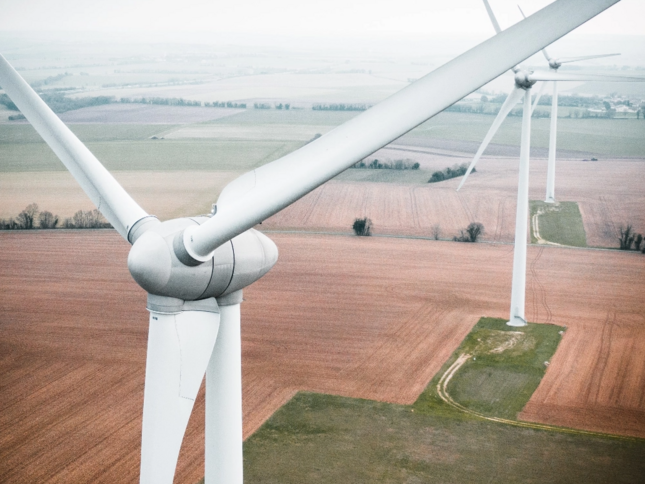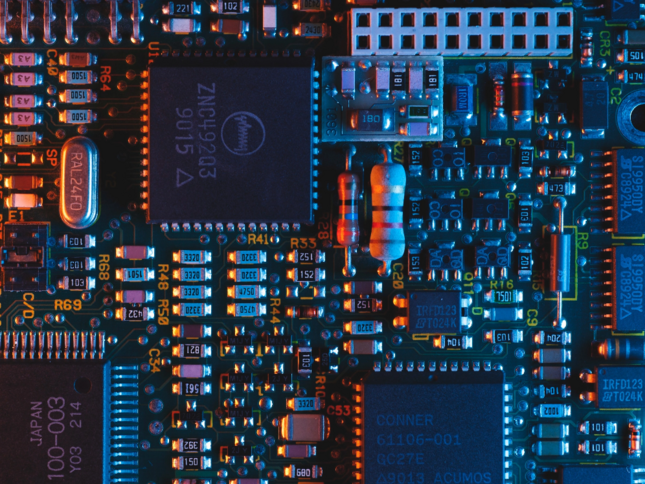


Sustainable, innovative hardware for science and research
Computer hardware accounts for the largest share of energy consumption at the computing centre. In addition to technology, this also puts procurement at the centre of our energy-saving measures: The more up to date the components are, the more efficient and therefore economical they are. At the same time, the service life should be maximised to exploit the systems’ ‘embedded carbon’ as much as possible.
Computers are becoming increasingly complex, and not just for the sake of further reducing their energy consumption. Processors and other components are evolving and are now used for specific functionalities: Graphic Processing Units (GPU) – originally developed for computer games and image processing – process data faster and have opened up HPC systems to artificial intelligence (AI) methods in recent years. A similar dual function to the GPU as an accelerator and enabler of new computing processes is also attributed to quantum processors (Quantum Processing Units, QPU), which the LRZ is currently investigating in collaboration with partner organisations of the Munich Quantum Valley and other research institutes, integrating them into its supercomputers and making available to science as a result.

The Bavarian Energy, Architecture and Software Testbed (BEAST) makes a valuable contribution when it comes to planning and tendering new supercomputers: Researchers and LRZ specialists are putting hardware and accelerators through their paces in this environment. Here, it is possible to monitor and measure how components work together and where there is scope for reducing the supply of energy. Above all, this is where benchmarks are created with which new hardware can also be compared in terms of energy efficiency: When selecting hardware, the LRZ considers technologies and operating software that allow energy demand to be controlled in a targeted way and adapted to suit actual capacities: We want to turn research into knowledge as economically as we can.
